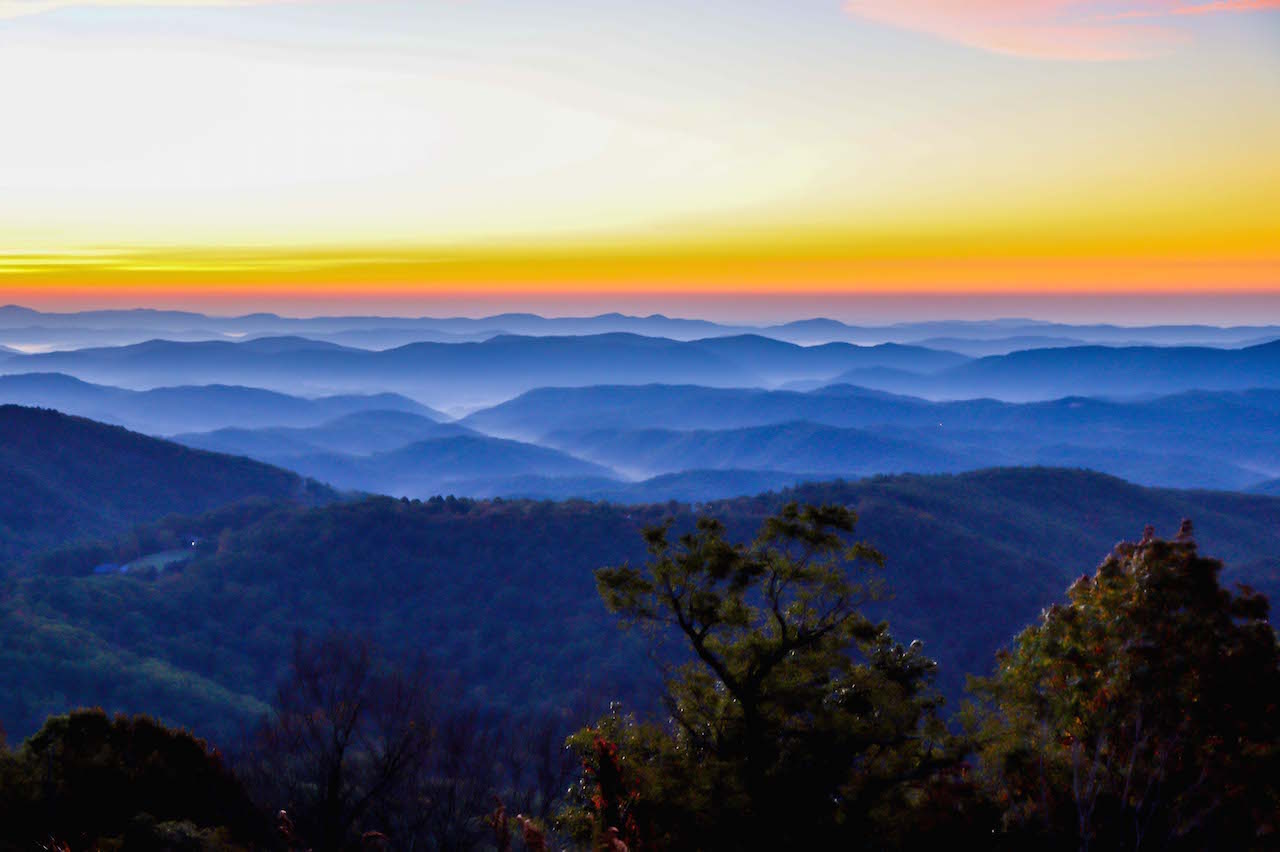When one thinks of bears, images of lumbering giants, dense fur coats, and sharp claws often come to mind. These majestic creatures are found in diverse habitats around the globe and exhibit fascinating attributes that can shift our perspective on them. Let’s delve into some captivating and lesser-known facts about bears that will pique your curiosity and deepen your appreciation for these furry giants.
1. Taxonomical Diversity
Bears belong to the family Ursidae, which includes eight species, each exhibiting unique characteristics and adaptations. The most well-known species are the American black bear, brown bear (which includes the grizzly bear), polar bear, and giant panda. Interestingly, despite their varied appearances and habitats, all bears share certain biological and behavioral traits, which can be traced back to their common ancestor that lived over 20 million years ago.
2. Sizeable Behemoths
Bears are among the largest terrestrial carnivores on the planet, with some species reaching astounding sizes. The polar bear, for instance, can weigh up to 1,500 pounds and measure over 10 feet in length, including its impressive forepaws. Meanwhile, the Kodiak bear, found in Alaska, rivals its Arctic cousin, showcasing the immense sizes that these creatures can attain. It’s worth noting that such sizes come with remarkable adaptations that aid in their survival in harsh climates.
3. Enigmatic Hibernators
One of the most perplexing behaviors of bears is their hibernation patterns. Contrary to popular belief, not all bears hibernate in the traditional sense. While species like the American black bear enter a state of torpor during winter, effectively slowing their metabolic rate and surviving on their fat reserves, others, such as polar bears, remain active during the colder months, thanks to their thick layer of blubber and insulating fur. This intriguing distinction highlights the adaptive behaviors that allow bears to thrive in their respective environments.
4. An Olfactory Mastery
Bears possess a highly developed sense of smell, which is approximately seven times stronger than that of dogs. They rely on this acute olfactory capability for various purposes, including locating food, sensing danger, and communicating with one another. This extraordinary sense allows them to detect food sources from miles away and can even help in identifying mates during breeding seasons. The implications of such a powerful olfactory sense underscore the strategic finesse bears exhibit in their natural habitats.
5. Solitary Yet Social
Although bears are predominantly solitary creatures, they exhibit intriguing social behaviors, especially among mothers and their cubs. Female bears are fiercely protective of their young and often stay with them for up to two years, teaching them essential survival skills. Moreover, during certain seasons, such as the salmon run, bears congregate near abundant food sources, revealing an unexpected social dimension as they interact with one another while competing for resources.
6. Climate Change Challenges
The plight of bears in the face of climate change is an urgent matter. Polar bears, in particular, are profoundly affected by the melting ice caps, which critically impact their hunting grounds. As sea ice diminishes, these magnificent animals struggle to find adequate food sources, leading to significant declines in their population. Such environmental challenges pose ethical questions about conservation efforts and human impact on wildlife, prompting discussions on sustainable practices to protect these majestic beings.
7. Peculiar Diets
Bears are classified as omnivores, which means they consume both plants and animals. However, their particular diets can be surprisingly specialized depending on the species and their environment. For instance, while giant pandas predominantly munch on bamboo, polar bears largely feast on seals. Black bears have a more diverse diet, enjoying berries, nuts, insects, and even small mammals. This dietary flexibility allows bears to adapt to a wide range of habitats, demonstrating their evolutionary prowess.
8. Cultural Significance
Bears have held significant cultural importance across various civilizations throughout history. From ancient mythology to modern folklore, these majestic creatures symbolize strength, courage, and perseverance. Native American tribes often regard bears as totems, granting lessons about bravery and introspection. Even in contemporary media, bears are prominently featured, epitomizing the connection between humans and nature, serving as reminders of the wild’s beauty and the need for its preservation.
9. Communication Craftiness
Bears are remarkably communicative animals. They utilize a complex system of vocalizations, postures, and scents to convey messages. Growls, huffs, and grunts can express anything from distress to aggression or playfulness. Additionally, they leave scent markings by scraping trees or rubbing against objects, which serves to communicate territorial boundaries and reproductive status to other bears, showcasing their sophisticated social dynamics.
10. Fascination with Water
Many bear species exhibit a strong affinity for water. Polar bears are often seen swimming considerable distances in the Arctic waters, an adaptation that allows them to hunt for seals. Similarly, brown bears are known to fish for salmon in the rivers and streams, utilizing their keen senses to capture prey. This predilection for aquatic environments highlights another extraordinary dimension of bears, demonstrating their versatility and adeptness as both terrestrial and semi-aquatic hunters.
In conclusion, bears continue to inspire awe and intrigue as some of nature’s most remarkable inhabitants. Their size, behavior, adaptability, and cultural resonance offer a wealth of knowledge that can enrich our understanding of the natural world. As we explore these furry giants, it becomes evident that there is much more to them than initially meets the eye, beckoning further inquiry into their lives and the ecosystems they inhabit.





